The etymology of the name “Vía de la Plata” may derive from the Greek plateia, or from the Latin term lata, which means “wide” and “flat.” Without ruling out these and other options, the most probable seems to be that it derives from the term of Arabic origin balata, with the meaning of ‘paved’, ‘paved’, ‘paved’ or other similar meanings.
This ancient road was started in the time of Augustus, although it will not be finished until the time of the emperors of Hispanic origin Trajan and Hadrian. Until the 5th century it remained in optimal operation, perfectly fulfilling the purposes for which it was built.
With the decomposition of the Roman Empire, the road fell into a certain abandonment, until in the 9th century it was used by Ordoño I to settle a population in the vicinity of León, Astorga and, later, Zamora y Toro, on the Duero line.
During the 10th century it was used by the armies of Abderramán III and Almanzor in their expansion towards the northern kingdoms in rapid and devastating campaigns known as razzias, which devastated cities such as León and Astorga. Faced with the insecurity of moving from north to south, the Christian kingdoms chose to move horizontally, communicating through the French Way. However, the southern route was not abandoned or neglected, since every year important advances were made in the reconquest of the territories occupied by the Arabs.
In the 11th century the Vía de la Plata began to show a certain vitality, a fact that intensified in the 12th and 13th centuries with the taking of important squares such as Córdoba or Seville. Throughout the thirteenth century, Christian dominion was consolidated in the southern lands of the Iberian Peninsula, which allowed the establishment of population centers throughout the route.
After this moment of peak in the historical course, the southern Mozarabic route gradually falls into abandonment. During the sixteenth century, with the arrival of the ideas of the Renaissance, the transit through this Way declined because it is no longer an instrument of transmission of knowledge as intense as it was in the past. It remained this way for centuries, until in the last decades of the 20th century there was a resurgence of this thousand-year-old road thanks to the interest of Friends of the Way associations scattered throughout the route and the financial support of various official bodies.

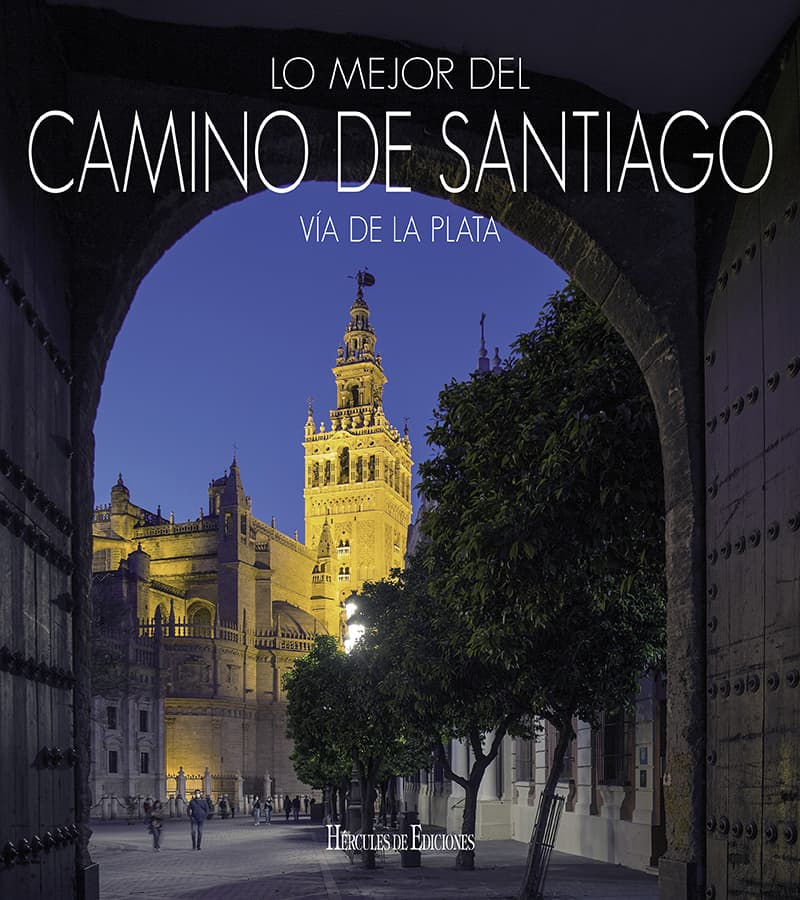
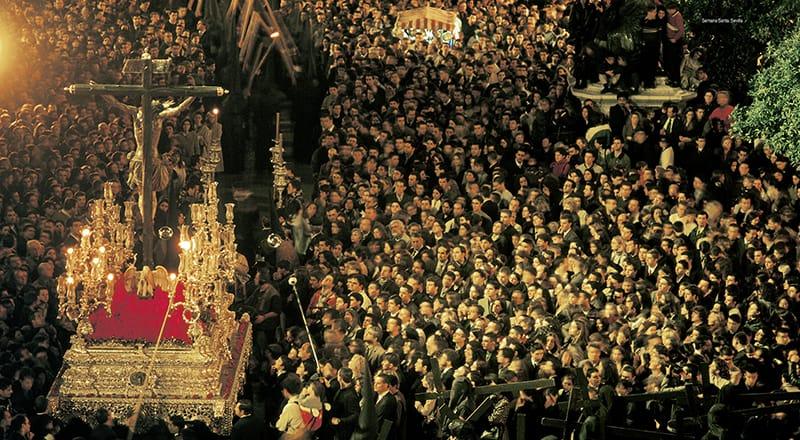
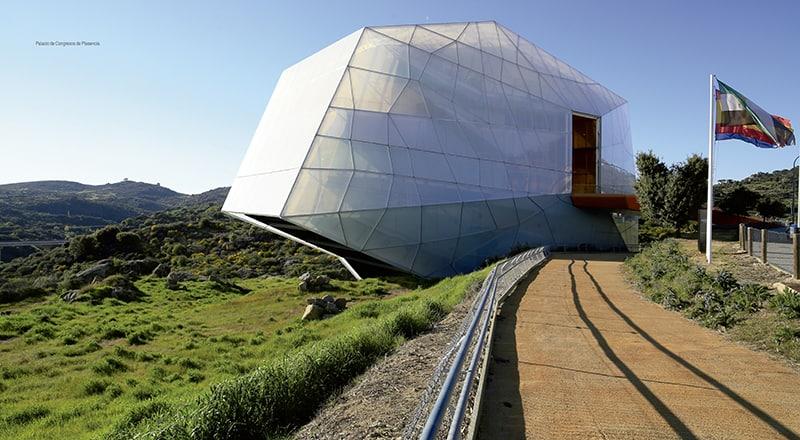
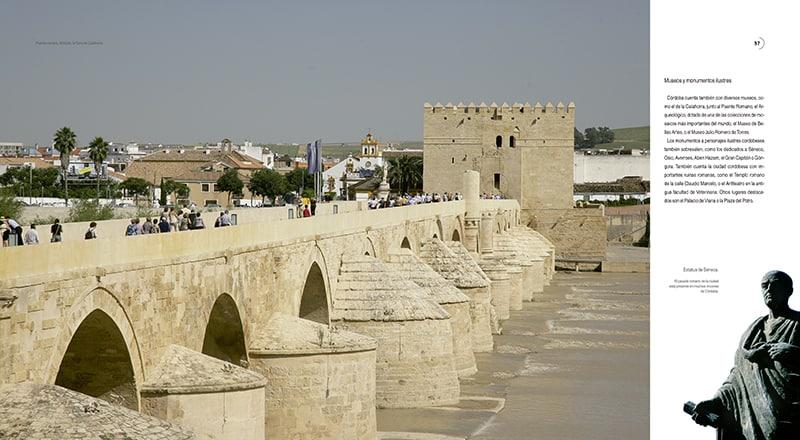
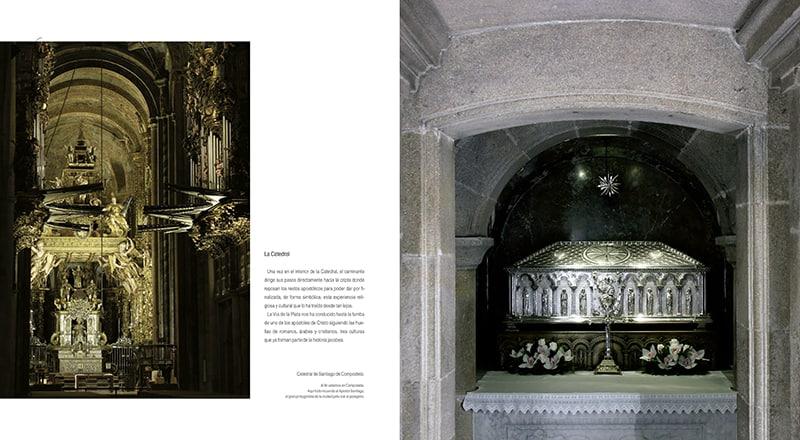
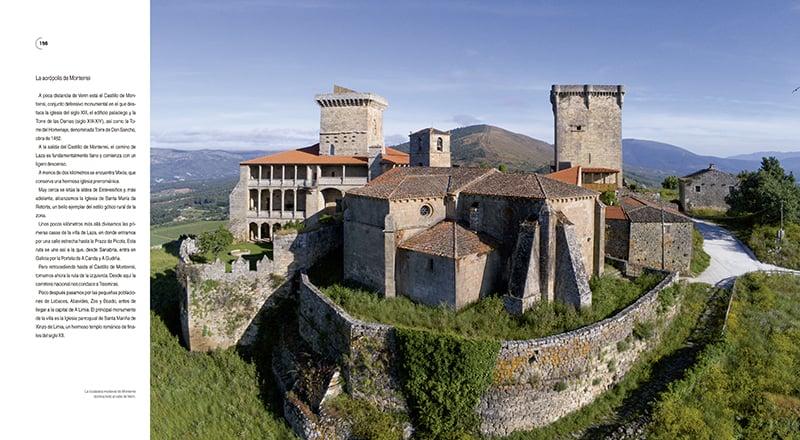
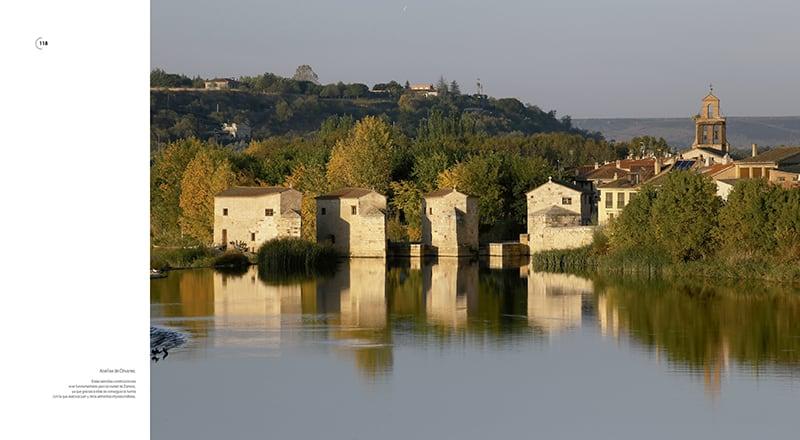
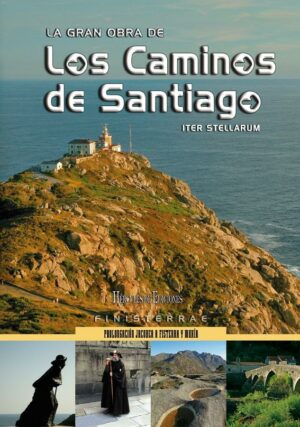
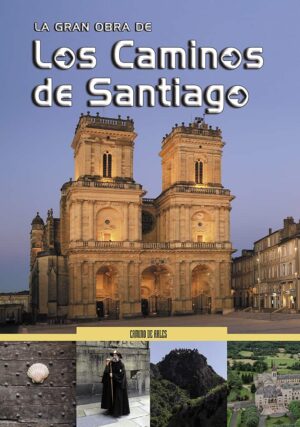
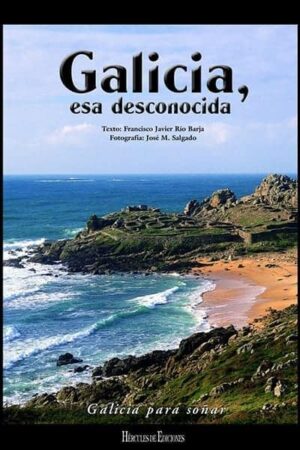

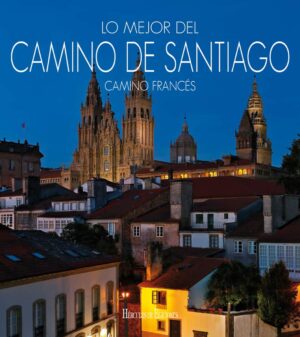
Reviews
There are no reviews yet.